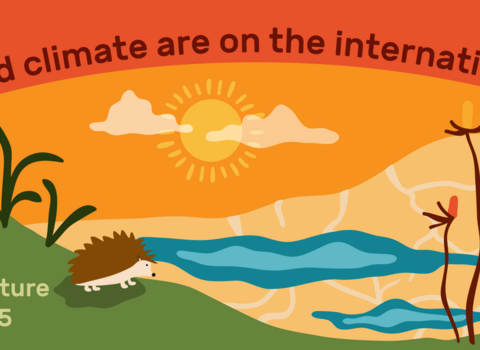What is COP15?
COP stands for 'Conference of the Parties' and these are UN conferences on its different conventions. In 2022, there were COPs taking place on both climate (COP27) and nature (COP15). COP15 is where world leaders came together to review the implementation of the Convention on Biological Diversity (or CBD). CBD is a global agreement on nature conservation. Through this, 196 parties aim to agree on 20 global targets that will halt biodiversity loss.
COP15 took place between Wednesday 7th December - Monday 19th December 2022, and was hosted by China in Montreal, Canada.
What The Wildlife Trusts wanted to see...
We cannot restore nature without tackling climate change, and we cannot tackle climate change without restoring nature. The Wildlife Trusts wanted to see bold decisions made at COP15 to ensure that by 2030, 30% of land and sea is protected for nature's recovery.
We need wildlife and wild spaces to be thriving to help us adapt to the changes brought on by climate change.
The Results
After twelve days of talks and two years of delay, negotiators at COP15 in Montreal agreed a historic global deal to protect nature.
The new Global Biodiversity Framework enshrines the target of protecting 30% of land and sea for nature in international law, and commits richer countries to providing $30bn a year to help developing countries safeguard nature and wildlife. This agreement gives us hope for the future and can become the turning point for nature’s recovery.
What does this mean for the UK?
Countries will now need to reflect the new global deal in domestic policy as an outcomes of COP15. UK negotiators may have been pushing for a global agreement to 30by30, but the UK Government’s own progress in meeting that target is poor – and the new Environment Act targets does little to suggest we will get back on track in time to meet it.
Governments also need to update their national biodiversity strategies and action plans to align with the new Global Biodiversity Framework. Yet the UK’s new targets show no ambition. The Government has proposed that by 2042, nature will be in a similar condition to our current depleted state and there is no target for improving the condition of protected nature areas.
The new framework will also require the UK to look again at some of its policies to bring them in line with the new global targets. For example, the target of restoring 30% of highly degraded ecosystems by 2030 means we need to speed up peatland restoration in the UK.
The UK's nature timeline
Nature is in decline and the UK is one of the most nature depleted countries in the world. But there have been moments of hope too. In this timeline we share some of the key moments over the last couple of centuries for wildlife here in the UK.
1760
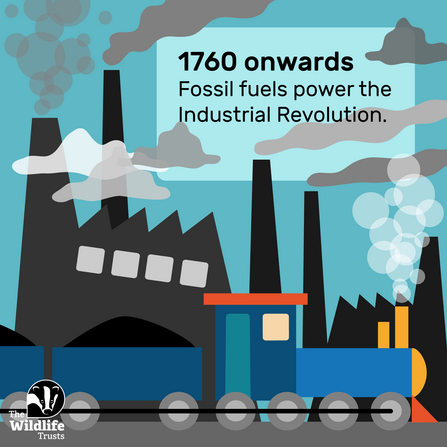
Our reliance on fossil fuels is a big driver of climate change.
1920
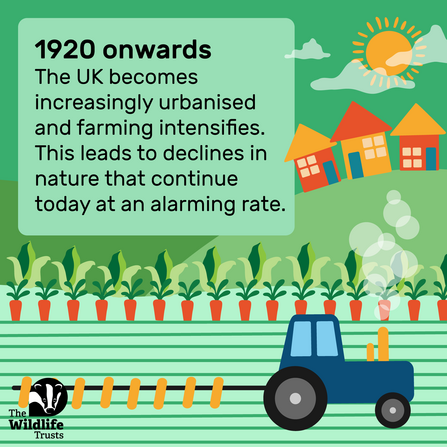
1949
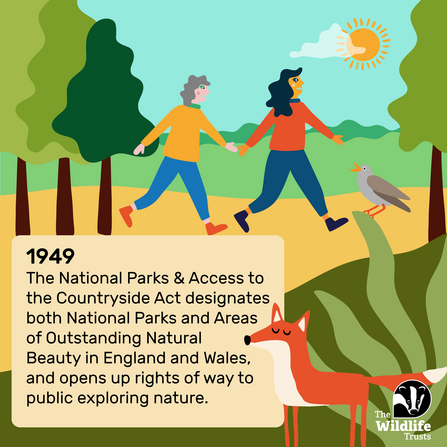
The Act established powers to declare National Nature Reserves (NNRs); to notify sites of Sites of Special Scientific Interest (SSSI's) and for local authorities to establish Local Nature Reserves (LNRs).
1964
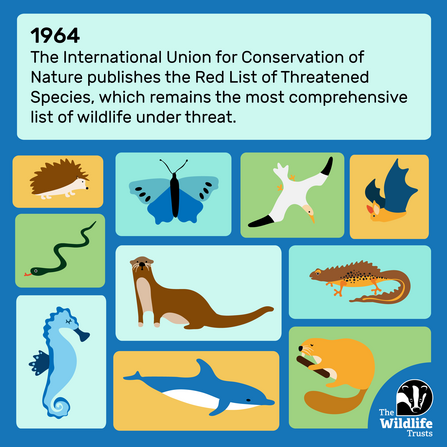
The International Union for Conservation of Nature (IUCN) is a membership Union uniquely composed of both government and civil society organisations.
1981
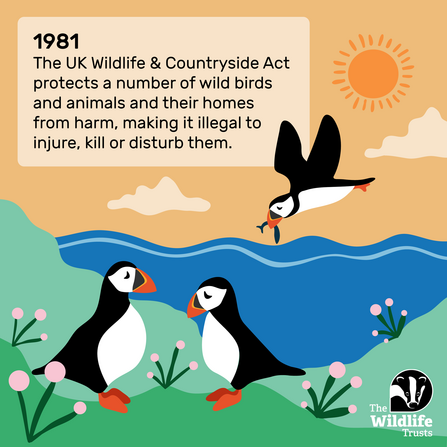
This is the primary mechanism for wildlife protection in Britain. This legislation covers four areas:
-
Wildlife protection, including protection of wild birds, their eggs and nests, protection of other animal and protection of plants
-
Nature Conservation, Countryside & National Parks
-
Public Rights of Way
-
Miscellaneous provisions
2010
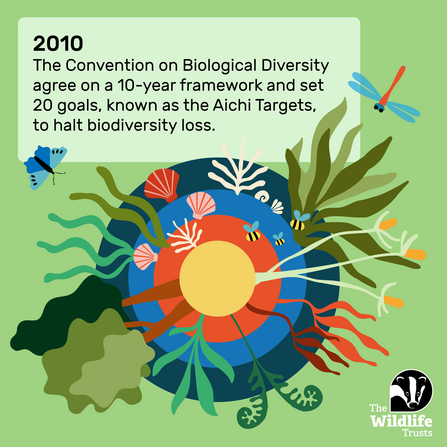
The 3 main goals of The Convention on Biological Diversity are:
- The conservation of biological diversity
- The sustainable use of the components of biological diversity
- The fair and equitable sharing of the benefits arising out of the utilization of genetic resources.
2015
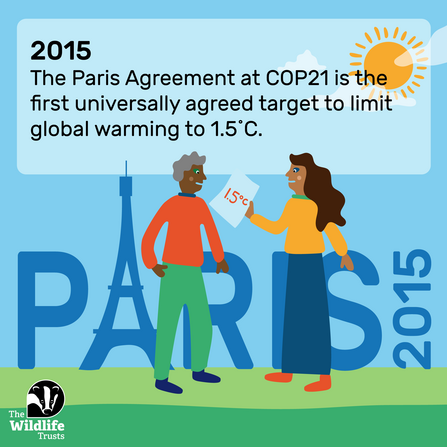
Each COP is hosted by a different nation and some are about climate, whilst others are about nature, as well as other topics. Two of the noteworthy climate COPs took place in 2015 and 2021.
COP21, which was hosted by Paris in 2015, resulted in the Parties (the 197 nations and territories) signing a new legally binding global treaty. This treaty committed those nations to ambitious action to limit average temperature change to 1.5oC above pre-industrial levels.
2019
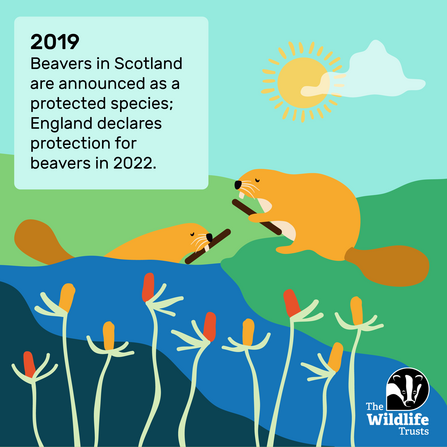
In May 2009, the Scottish Beaver Trial released the first beavers to live wild in Scotland in over 400 years. The successful five year trial led to a decision by the Scottish Government in 2016 to allow beavers to remain in Scotland!
2021
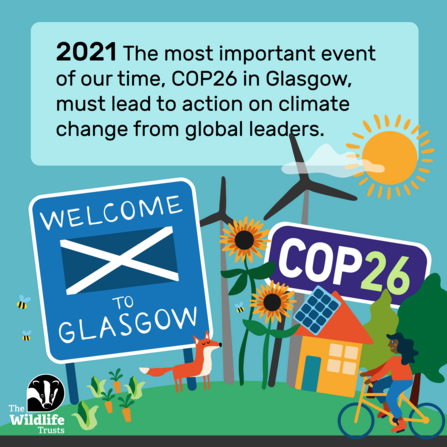
COP26, held last year in Glasgow, was the first real test of the commitment to delivering this agreement. During this meeting the Parties debated how they would achieve limiting temperature change to the agreed level.
The resulting Glasgow Climate Pact kept the ambition alive - but only just. Commitments to 'phase down' coal and end inefficient fossil fuel subsidies, were more aspirational than previous commitments - and smaller groups of countries also agreed to reduce methane emissions, halt deforestation, tackle transport emissions and end financing of overseas fossil fuels.
But action was missing on how to manage loss and damage from climate change, and provision of climate finance for countries on the frontline of climate impacts.
2022
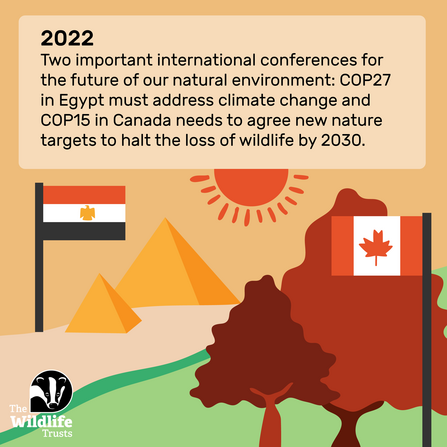
The nature and climate crises are two sides of the same coin, and one cannot be solved without tackling the other. So as the gavel finally rests on a deal at COP27, and with just a handful of weeks until the international biodiversity conference in Montreal, we review COP27’s key outcomes for nature.
Actions you can take
Want to carry on reading?
Find below a selection of our blogs and news items about COP27 and COP15.
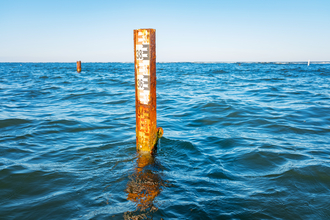
Survey suggests pollution, land use change and flooding are a public concern for nature, but worry about sea level rise also surges for younger people
Climate change is threatening our natural world and adapting to its impacts is extremely important. Eleanor Johnston (Climate Change…
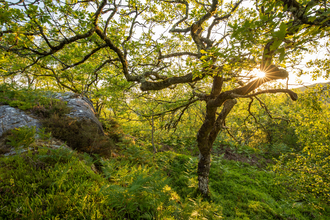
A review of The Climate Change Committee's Seventh Budget Advice from a land and nature lens
There is a lot to applaud in the Climate Change Committee’s seventh carbon budget advice to the UK Government, which is out today. But…
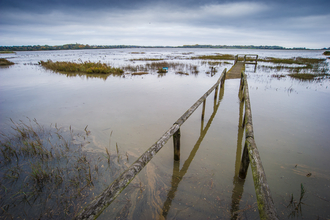
The climate driven storm of the century should ground Reeves’ push for airport expansion
As a wave of recent rhetoric from UK Government sends shockwaves across a nature-loving nation, it would seem that the new Labour…

